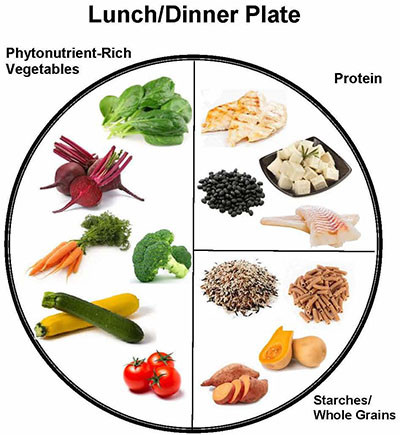
After a heart attack, it can be difficult to change long-standing behaviors that affect heart health. For many people, habits developed over 20, 30, or 40 years are ingrained and take a lot of effort to correct. Does having a supportive and participatory partner help? Recent research has demonstrated that it can.
The RESPONSE-2 trial is a lifestyle intervention study enrolling patients with coronary artery disease. More than 800 study participants were randomly assigned to either nurse-coordinated referral of patients and their partners to three widely available community-based lifestyle programs or usual care. Community-based intervention programs targeted weight loss, increased physical activity, and smoking cessation. Both the intervention and control groups continued to see a cardiologist, participate in a cardiac rehabilitation program, and attend general counseling sessions on healthy lifestyle, risk factors, and medication adherence. Success was defined as improvement in one of his three risk factors and no worsening of the other two after 12 months.
Results showed that the proportion of patients who successfully improved at least one lifestyle risk factor was 37% in the intervention group, compared to 26% in the control group. Weight loss was the most successful component, with almost twice as many patients achieving significant weight loss (at least 5% of starting body weight) in the intervention group compared to the control group. Patients whose partners participated in community-based programs had the highest success rates.
Changeable lifestyle risk factors for heart disease
It is well established that obesity puts you at risk for high cholesterol, increased blood pressure, and type 2 diabetes, all of which are factors that increase your risk of cardiovascular disease. Managing your weight through physical activity and a healthy diet can reduce these risk factors and reduce your risk of heart disease.
How can your partner help?
There are many challenges to improving your diet, including what to eat, how much to eat, and where to eat.
What we eat: What we put on the table becomes what we eat. Your partner can create a shopping list with you and decide what to bring into the house. Together we can create a menu that follows healthy eating guidelines. Limiting the amount of heart-healthy foods you bring into your home can play a huge role in a person’s success. Easier access to food makes it even more difficult for people trying to change their dietary intake. Eating enough healthy fats, low-fat dairy, and whole grains, as well as vegetables, fresh fruit, and lean protein will lead to success.
Amount we eat: Some people end up overeating and losing weight even though they eat mainly healthy foods. Your partner can help you prepare the right amount of food so you don’t have any leftovers. When plating food, you and your partner should include low-calorie vegetables on 1/2 of the plate, lean proteins on 1/4 of the plate, and whole grains or healthy starches on 1/4 of the plate. You can use the “balanced plate” guideline.

Where we eat: Before the pandemic, Americans spent a significant portion of their food budget on consuming food outside the home, including takeout, fast food, and restaurants. With many establishments closed in 2020 and early 2021, home cooking increased significantly. But now that eating out has resumed, many Americans are returning to their pre-pandemic habits. As a result, some meals can be higher in total calories, saturated fat, and salt than home-cooked meals. Your partner can help you make decisions about how often and where you eat out. Additionally, partners can help you choose restaurants that have healthy menu options readily available.
healthy eating out tips
Don’t start on an empty stomach. Skipping meals or fasting can lead to overeating. You may also find it difficult to avoid all these tempting foods.
Don’t feel like you have to eat everything on your plate. Please send back what you don’t need. Plus, you can enjoy your meal twice as much when you take it home in a doggy bag.
Avoid chewing. Listen to your body when it tells you it’s full. Ask the waiter or serving staff to remove excess food from the table. The longer it lasts, the more you tend to gnaw.
Eating does not mean racing. Eating too quickly can lead to overeating because it takes 20 minutes for your body to register when it’s full. So take your time, put down your fork between bites, and focus on the social aspects of your meal.
Please order a la carte. Who says you have to order an entree? Make it yourself. You can freely choose any combination of appetizers, soups, salads, and side dishes. This allows for more variety and gives you more control over what and how much you eat.
It’s difficult to change long-held habits, but you can make small changes every day. A partner who is willing to support you in the change process may help you succeed.


